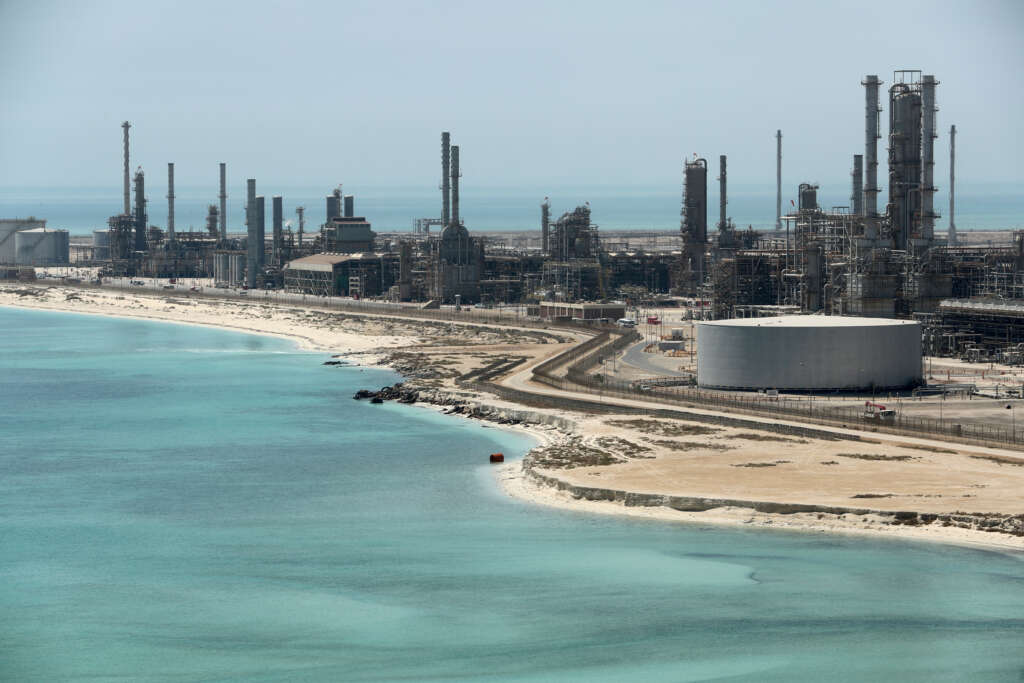
By Jessica Jaganathan
SINGAPORE (Reuters) -Oil prices hit their highest level in years on Monday as demand recovers from the COVID-19 pandemic, boosted by more custom from power generators turning away from expensive gas and coal to fuel oil and diesel.
Brent crude oil futures rose 90 cents, or 1.1%, to $85.76 a barrel by 0445 GMT, after hitting a session-high of $86.04, the highest price since October 2018.
U.S. West Texas Intermediate (WTI) crude futures climbed $1.23, or 1.5%, to $83.51 a barrel, after hitting a session-high of $83.73, highest since October 2014.
Both contracts rose by at least 3% last week.
“Easing restrictions around the world are likely to help the recovery in fuel consumption,” analysts from ANZ bank said in a note on Monday, adding that gas-to-oil switching for power generation alone could boost demand by as much as 450,000 barrels per day in the fourth quarter.
Cold temperatures in the northern hemisphere are also expected to worsen an oil supply deficit, said Edward Moya, senior analyst at OANDA.
“The oil market deficit seems poised to get worse as the energy crunch will intensify as the weather in the north has already started to get colder,” he said.
“As coal, electricity, and natural gas shortages lead to additional demand for crude, it appears that won’t be accompanied by significantly extra barrels from OPEC+ or the U.S.,” he added.
Japanese Prime Minister Fumio Kishida said on Monday that the country will urge oil producers to increase output and take steps to cushion the blow to industries hit by the recent spike in energy costs.
Still, supply could increase from the United States, where energy firms last week added oil and natural gas rigs for a sixth week in a row as soaring crude prices prompted drillers to return to the wellpad.
The U.S. oil and gas rig count, an early indicator of future output, rose 10 to 543 in the week to Oct. 15, its highest since April 2020, energy services firm Baker Hughes Co said last week.
China’s economy, meanwhile, likely grew at the slowest pace in a year in the third quarter, hurt by power shortages, supply bottlenecks and sporadic COVID-19 outbreaks.
Daily crude processing rate fell to the lowest since May 2020 in September in the world’s second-largest oil consumer, as feedstock shortage and environmental inspection crippled operations at refineries, while independent refiners faced tightening import quotas for crude oil.
(Reporting by Jessica Jaganathan; Editing by Kenneth Maxwell and Stephen Coates)


